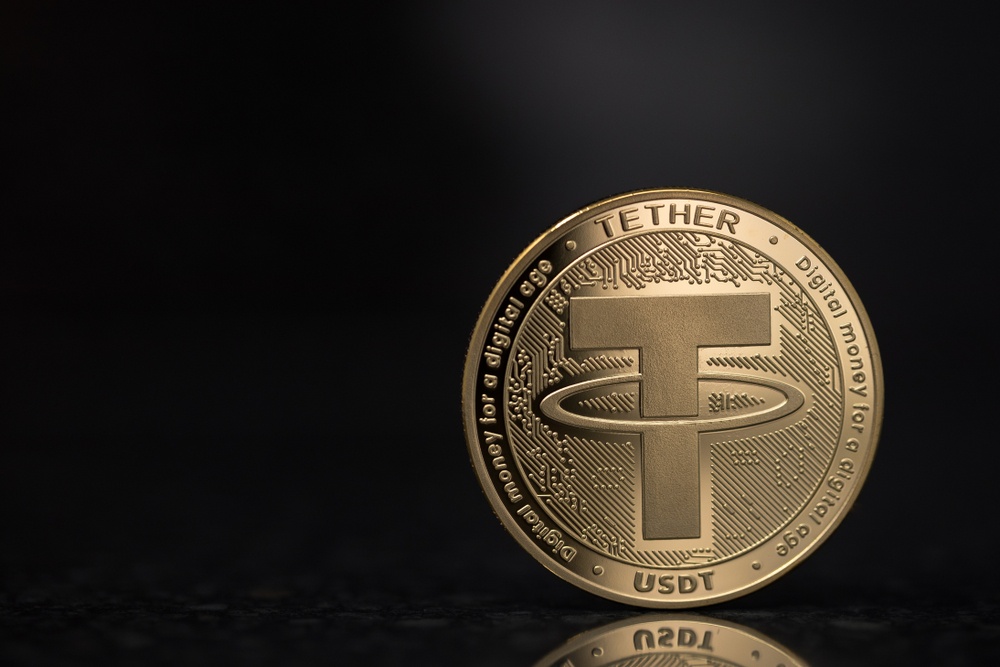Tether’s USDT Gains Global Significance Beyond Crypto Markets, Says CEO
02.10.2024 18:00 1 min. read Kosta Gushterov
According to Tether CEO Paolo Ardoino, USDT, the largest stablecoin by market capitalization, has a significant influence beyond the cryptocurrency sector, particularly in nations dealing with inflation and underdeveloped financial systems.
In a discussion with Bullish CEO Tom Farley, Ardoino stated that USDT has established itself as the most commonly used digital dollar globally, with growing importance outside the United States.
While stablecoins like USDT aim to stabilize the volatile crypto market by being linked to real-world assets like the US dollar, Ardoino noted that in countries such as Argentina and Turkey, where inflation is a major concern, USDT serves as a stable alternative to unreliable national currencies.
He explained that before USDT, individuals often resorted to black market transactions to obtain US dollars, emphasizing its utility in these economies.
Currently, USDT ranks as the third-largest cryptocurrency overall, following Bitcoin (BTC) and Ethereum (ETH), with a market capitalization of about $120 billion.
It far exceeds its closest rival, Circle’s USDC, which has a market cap of $35.6 billion. Notably, a significant portion of USDT is issued on the Tron blockchain, totaling $61 billion, while Ethereum accounts for $54.3 billion of its supply.
-
1
Tencent Denies Reports of Nexon Acquisition Talks
15.06.2025 17:00 1 min. read -
2
JPMorgan Warns of Oil Slump to $58 as Global Alliances Unravel
12.06.2025 20:00 2 min. read -
3
Tether Makes a Golden Move: Snaps Up One-Third Stake in Elemental Altus
14.06.2025 9:00 1 min. read -
4
Metaplanet Surpasses Coinbase with 10,000 Bitcoin in Treasury
17.06.2025 6:30 1 min. read -
5
Circle and Coinbase Stocks Surge as U.S. Senate Passes Historic Stablecoin Bill
21.06.2025 20:00 2 min. read
BlackRock’s Bitcoin ETF Now Out-Earning Its $624B S&P 500 Fund
BlackRock’s spot Bitcoin exchange-traded fund (ETF), known by its ticker IBIT, has surpassed the firm’s flagship S&P 500 ETF in annual revenue, according to a new report from Bloomberg.
Ripple Has Applied for a National Banking License
Ripple has officially applied for a national bank charter from the U.S. Office of the Comptroller of the Currency (OCC), aiming to establish a new regulatory benchmark for trust in the stablecoin market.
Key U.S. Events to Watch This Week That Could Impact Crypto
The first week of July brings several important developments in the United States that could influence both traditional markets and the cryptocurrency sector.
Here Is How Your Crypto Portfolio Should Look Like According to Investment Manager
Ric Edelman, one of the most influential voices in personal finance, has radically revised his stance on crypto allocation. After years of cautious optimism, he now believes that digital assets deserve a far larger share in investment portfolios than ever before.
-
1
Tencent Denies Reports of Nexon Acquisition Talks
15.06.2025 17:00 1 min. read -
2
JPMorgan Warns of Oil Slump to $58 as Global Alliances Unravel
12.06.2025 20:00 2 min. read -
3
Tether Makes a Golden Move: Snaps Up One-Third Stake in Elemental Altus
14.06.2025 9:00 1 min. read -
4
Metaplanet Surpasses Coinbase with 10,000 Bitcoin in Treasury
17.06.2025 6:30 1 min. read -
5
Circle and Coinbase Stocks Surge as U.S. Senate Passes Historic Stablecoin Bill
21.06.2025 20:00 2 min. read


